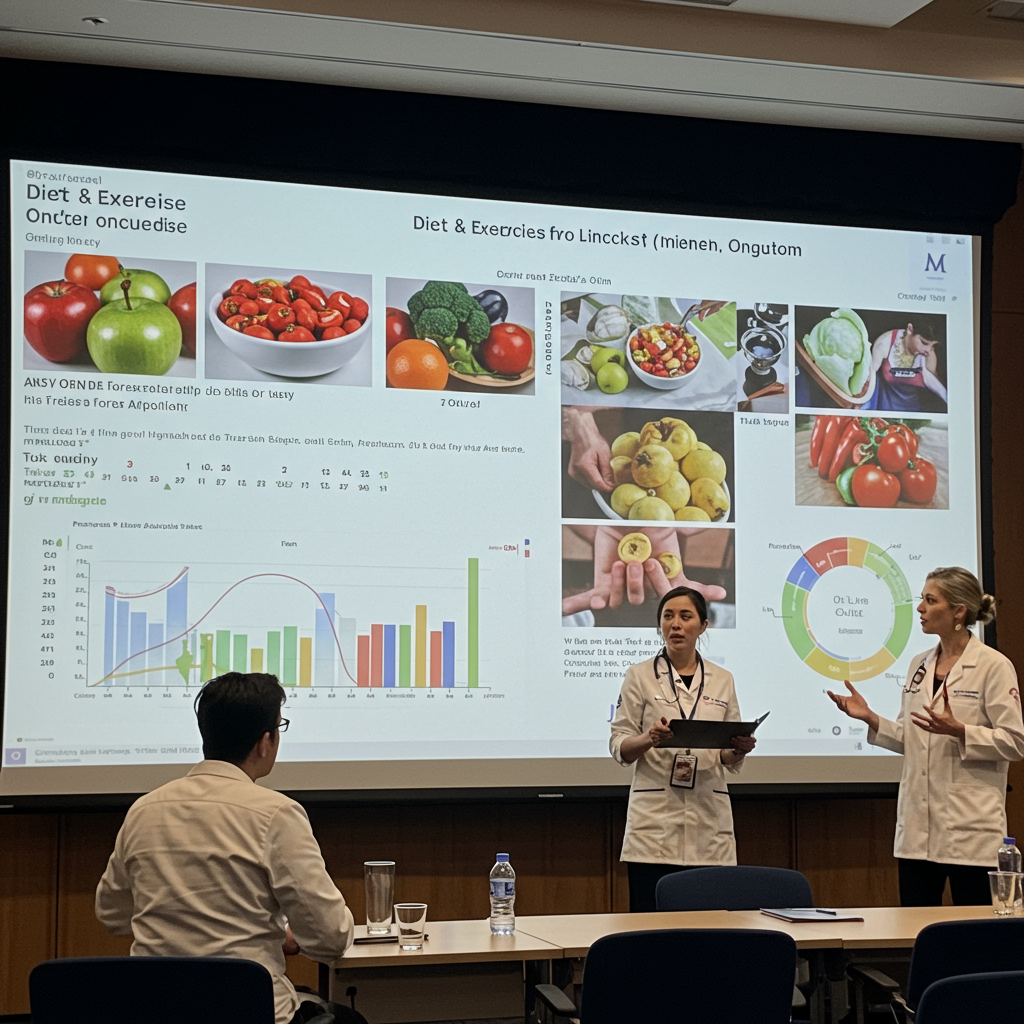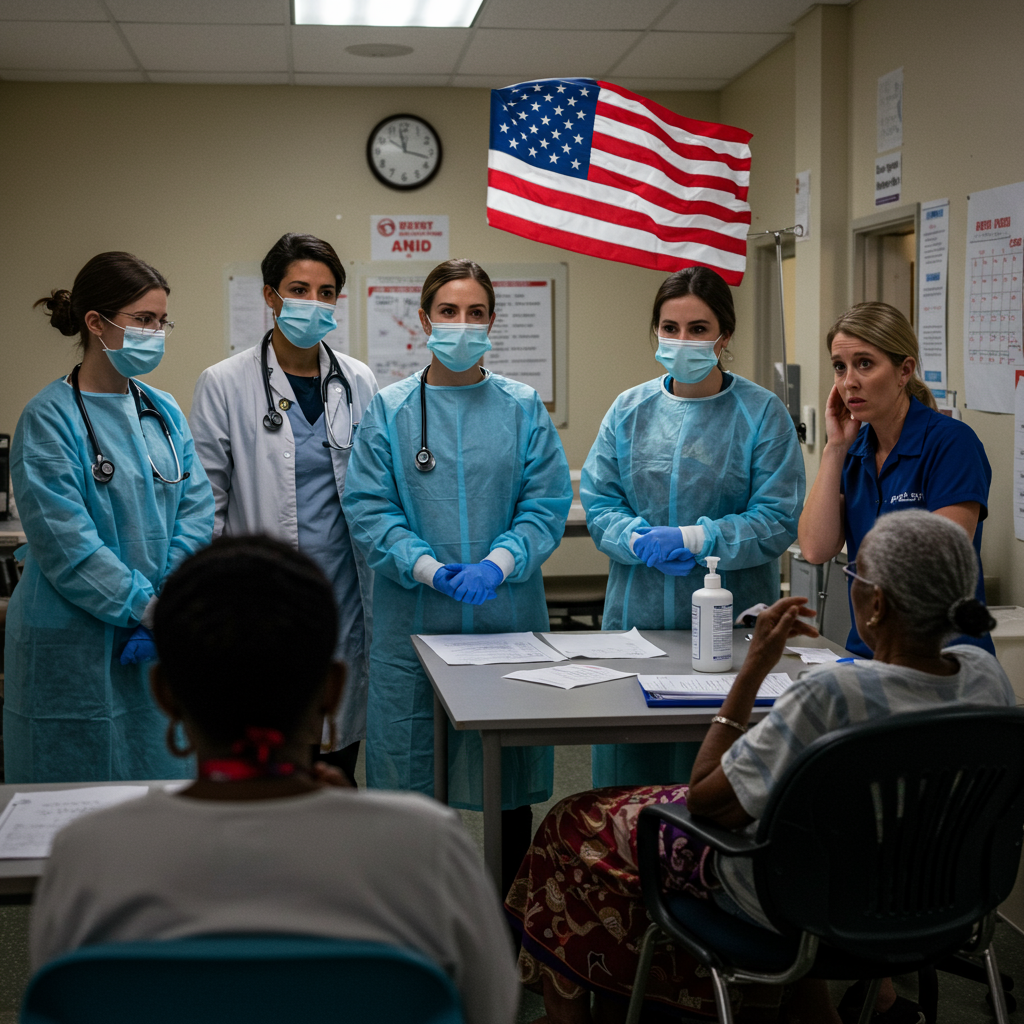The United Kingdom faces a critical health challenge this winter, with experts predicting one of the most severe flu seasons in a decade. An aggressive, mutated strain of influenza, identified as H3N2, is spreading rapidly, triggering an unusually early start to the flu season. This early onset, combined with the virus’s increased transmissibility and existing pressures on the NHS, has prompted urgent calls for public vigilance and widespread vaccination. Understanding the unique threats of this season and taking proactive steps are essential for safeguarding individual and community health.
Why This Winter’s Flu Season is Different
This year’s flu season is far from typical. Scientists first detected a new, mutated version of the H3N2 virus in June. Genetic analysis reveals it’s a descendant of the strain that caused Australia’s record-breaking flu season, which saw over 400,000 confirmed cases. This highly evolved strain has quickly become dominant in the UK, pushing the start of the flu season forward by more than a month.
The Threat of H3N2 and Antigenic Drift
The H3N2 subtype of influenza is notoriously associated with more severe infections. It particularly impacts older individuals and those with underlying health conditions. The virus has undergone significant “antigenic drift,” a natural process where it mutates, changing its surface proteins. These “dramatic structural changes,” as described by some experts, mean the virus is now “quite a bit different” from previous strains. This evolution raises concerns about its ability to evade immune defenses built from past infections or vaccinations. While scientists are still assessing if these new mutations lead to more severe individual infections, the virus’s increased transmissibility is already evident. The R value, representing the average number of people an infected person passes the virus to, is estimated at 1.4 this season. This is notably higher than the typical 1.1 to 1.2, suggesting a faster and wider spread.
Mounting Pressure on the NHS
The prospect of a severe flu surge arrives at an already challenging time for the National Health Service. Hospitals are already navigating various critical issues. Ongoing resident doctor strikes, driven by pay disputes, have stretched staffing levels. While recent figures suggest a potential slight decrease in strike participation, the cumulative impact on planned appointments and operations remains significant. Furthermore, widespread understaffing, particularly among nurses, has left frontline staff “sick and broken,” according to the Royal College of Nursing. Nurses report being overstretched and working unpaid extra hours, impacting their well-being and the quality of care.
NHS Contingency Plans in Action
In response to the looming flu threat and these existing pressures, NHS managers are implementing rigorous contingency plans. These include intensifying efforts to vaccinate staff and communities. They are also expanding same-day emergency care services to treat more patients outside traditional hospital admissions. The goal is to reduce the need for inpatient stays, freeing up vital hospital beds. Hospitals are preparing for consultants and other staff to work additional shifts and rescheduling non-urgent appointments as necessary. This strategic planning aims to mitigate the “spike of flu onto our wards” that health leaders anticipate.
Who is Most at Risk?
While flu cases are currently highest among children, they are steadily rising in older populations. This trend is expected to accelerate as colder weather drives more indoor mixing. Experts warn that the severe H3N2 strain disproportionately affects individuals aged 60 and over.
Other high-risk groups include:
Pregnant women
Very young children
Individuals with pre-existing medical conditions (e.g., heart disease, lung disease, diabetes)
Those with weakened immune systems
For these groups, influenza can lead to serious complications such as pneumonia, bronchitis, and even death. Last winter, Europe saw 70,000 excess deaths, with 7,500 in the UK, including 53 children, underscoring the flu’s potential lethality beyond the elderly.
Vaccination: Your Primary Defense Against Severe Illness
Despite the concerning mutations, vaccination remains the most critical tool for protection. Public health officials, including the UK Health Security Agency (UKHSA), strongly urge all eligible individuals to get vaccinated. Professor Antonia Ho, an infectious diseases expert, highlighted that an early season start often means fewer people have received their vaccine when the virus begins circulating widely.
Understanding Vaccine Effectiveness
Early UKHSA data indicates that while current vaccines might be “less effective at blocking infections” from this mutated H3N2 strain, they still offer good protection against severe disease and hospital admissions. For children, vaccine effectiveness against hospital attendance and admissions is currently 70-75%. For adults, it stands at 30-40%. While these figures are within the normal range, the message is clear: getting vaccinated significantly reduces your risk of serious illness requiring hospital care, even if you still contract the virus.
Eligibility and Access
The NHS is running an “SOS campaign” to boost vaccination rates. Those eligible for a free flu vaccine in the UK include:
Individuals aged 65 and over
Under-65s with clinical risk factors
Pregnant women
Care-home residents and their carers
Close contacts of immunosuppressed individuals
Frontline health and social care workers
Children in specific age groups
Despite these provisions, less than a third of people with one or more long-term health conditions have come forward for the vaccine. For those not eligible for a free jab, private vaccinations are widely available at pharmacies, often without an appointment. Public health minister Ashley Dalton emphasized the urgency, noting that current flu cases are already triple what they were at the same time last year.
Beyond the Jab: Additional Protective Measures
While vaccination is paramount, other practical steps can help slow the spread of the virus and protect vulnerable individuals:
Hand Hygiene: Wash hands frequently with soap and water, or use an alcohol-based hand sanitizer.
Respiratory Etiquette: Cover your mouth and nose when coughing or sneezing, preferably with a tissue, then dispose of it immediately.
Avoid Touching Face: Try not to touch your eyes, nose, and mouth to prevent germ transmission.
Stay Home When Sick: If you develop flu-like symptoms, stay home to prevent further spread, especially from workplaces or schools.
Ventilation: Improve indoor air circulation when possible.
Consider Lateral Flow Tests: If you experience symptoms, these tests can help identify flu infections.
Professor Ed Hutchinson from the MRC-University of Glasgow Centre for Virus Research warned that “large numbers of people needing hospital treatment” are plausible this season. This underscores the need for collective action.
Looking Back to Move Forward
The current situation bears a resemblance to the 2003-04 flu season, which also saw an early start with a drifted H3N2 strain. That year, it led to 12,000 flu deaths in England and Wales, falling within the lower end of the typical range. This historical context offers a glimmer of hope that a severe outcome isn’t inevitable. However, it also highlights the critical importance of a robust public health response and high vaccination uptake to manage the season’s severity effectively. Experts like Dr. Claire Beynon from Cardiff and Vale university health board reinforce this, noting the rapid increase in influenza and the expectation of rising hospital admissions.
The UK is at a pivotal moment. The proactive efforts of the NHS, combined with individual responsibility for vaccination and preventative measures, will determine the true impact of this potentially “once-in-a-decade” flu surge.
Frequently Asked Questions
Why is the H3N2 flu strain so concerning this winter, and how effective is the vaccine?
The H3N2 strain is concerning because it has undergone significant mutations through “antigenic drift,” making it a new variant. This strain is highly transmissible, with an R value of 1.4, and is linked to Australia’s record flu season. While current vaccines may be less effective at preventing infection from this specific mutation, UKHSA data shows they still provide good protection against severe disease and hospital admissions* (70-75% in children, 30-40% in adults). Vaccination significantly reduces the risk of serious illness, even if you still catch the virus.
Who is eligible for a free flu vaccine in the UK, and where can I get one?
Eligibility for a free flu vaccine in the UK includes individuals aged 65 and over, pregnant women, very young children, those with long-term health conditions, care home residents/carers, and frontline health/social care workers. Despite these provisions, less than a third of people with long-term conditions have come forward. You can typically get a free vaccine at your GP surgery, a local pharmacy, or through school vaccination programs for children. For those not eligible, private vaccinations are available at most pharmacies without an appointment.
What immediate steps should I take to protect myself and my family from the severe flu this winter?
The most crucial immediate step is to get vaccinated if you are eligible or consider paying for a private jab if not. Beyond vaccination, practice diligent hand hygiene, cover coughs and sneezes, avoid touching your face, and stay home if you feel unwell. The flu season has started early and aggressively, so acting quickly to boost your immunity and reduce transmission through these measures is vital for protecting yourself and the wider community, especially vulnerable groups.



